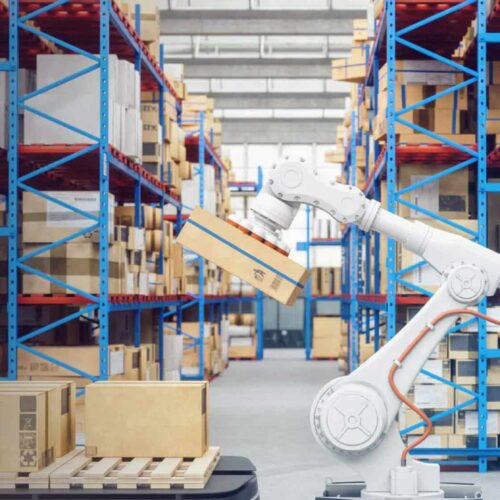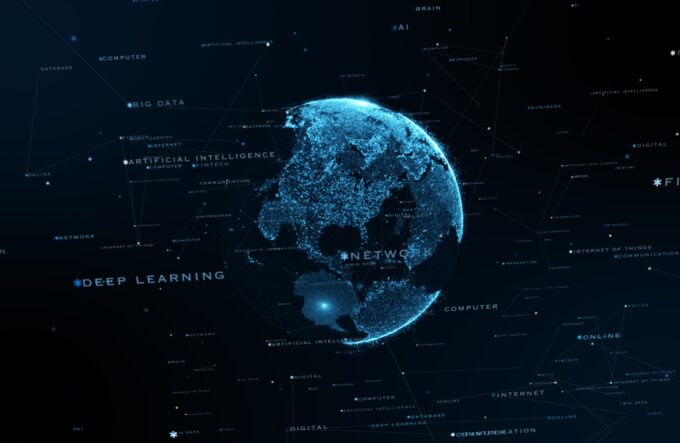GenAI’s rapid recent advancement is captivating the imagination of supply chain professionals, but a noticeable gap remains: while consumers have quickly adopted these technologies, businesses are lagging behind. Why is this?
One explanation is that the value proposition for consumers is clear, and the service is mostly offered for free. For businesses, on the other hand, according to Gartner, value-creating use cases are decidedly less clear and, in many cases, have become over-hyped to the point of inflated expectations. Another explanation is a lack of understanding about what the technology is and what it can do, as is often the case with emerging technologies.
The fact is, if we look at our planning and decision processes, 80% of enterprise knowledge at global companies is still “tribal” or institutional – accumulated experiences, skills, and know-how – and it is extremely siloed. That is why, as a business executive, if you ask questions like, “Why did we miss the forecast for product X in Market Y last month? What commercial actions can help increase demand for product X in Q3 to be 10% higher, and can the supply chain support the incremental demand? And at what incremental cost?”, answers are not instantly forthcoming.
With this article, we want to shed some light on how to accelerate the digitization of expertise and tribal knowledge of key functions and processes in customer-facing, planning, supply chain, commercial, and product innovation domains. We believe that enterprises of the future will compete against each other based on the quality of the digital knowledge models driving their processes.
So, what are the technology’s fundamental capabilities and limitations? What are the current practical applications of GenAI already in beta testing with marquee clients of leading software planning companies such as o9 Solutions?












